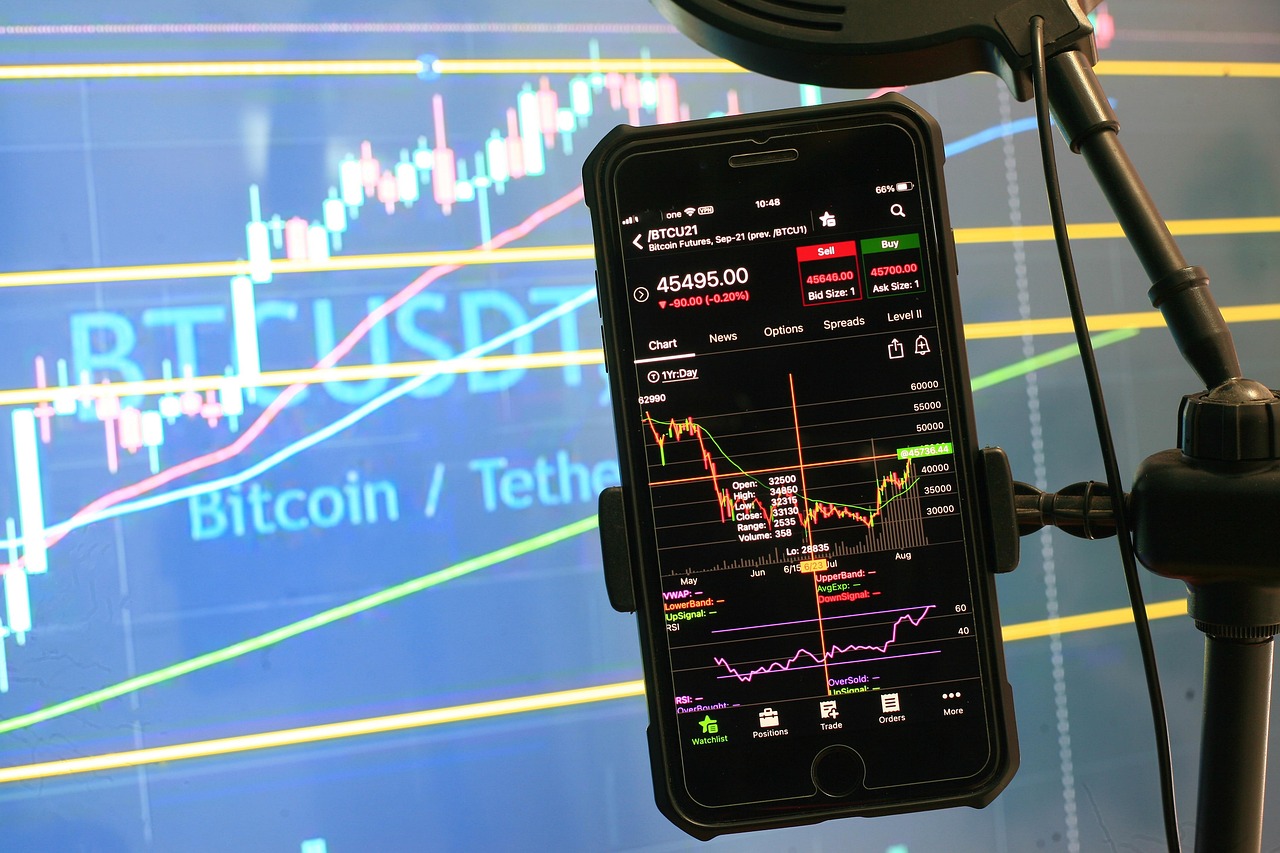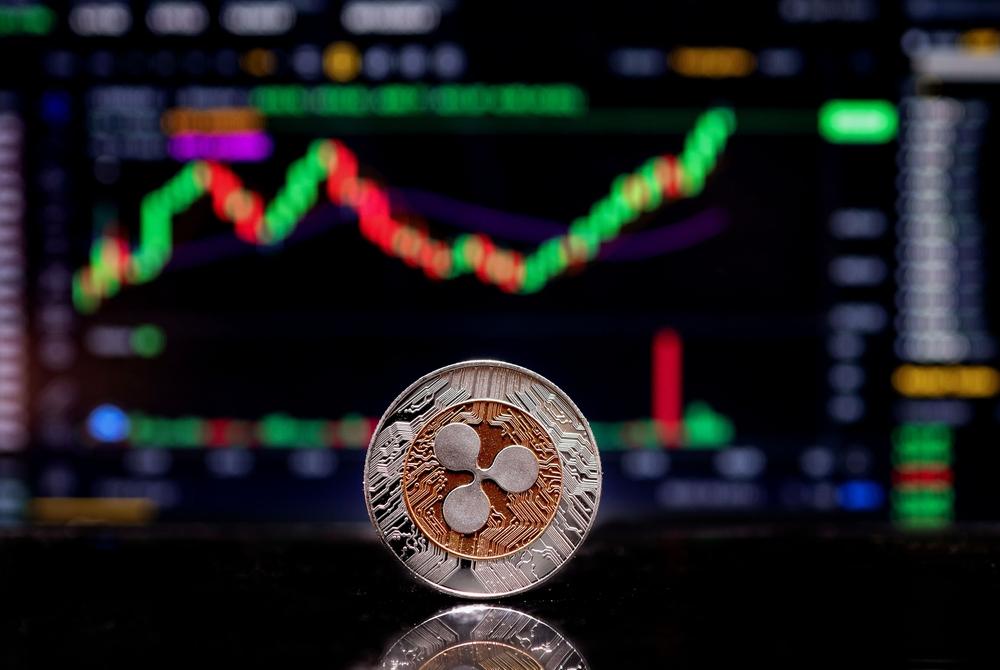The U.S. stock market suffered a historic $5.4 trillion wipeout following President Donald Trump's announcement of reciprocal tariffs. Within just two days, the S&P 500 plunged to an 11-month low, and the Nasdaq 100 entered bear market territory with an 11% drop. Despite the chaos, bitcoin (BTC) showed remarkable resilience, dipping only about 6% in the same timeframe.
The broader cryptocurrency market, as tracked by the CoinDesk 20 (CD20) index, declined by just 4.9%, highlighting digital assets’ growing role as a hedge against traditional market turmoil. Bitcoin’s minimal 0.3% decline in the past 24 hours, trading around $82,619.77, contrasts with the CD20’s slight 0.2% uptick—demonstrating continued investor interest.
Some crypto-related equities even gained ground. Bitcoin miner MARA Holdings (MARA) rose 0.6%, Core Scientific (CORZ) gained 0.4%, and MicroStrategy (MSTR), holding 528,185 BTC, surged 4%, significantly outperforming the Nasdaq’s 5.8% drop.
Standard Chartered’s Geoffrey Kendrick noted that bitcoin is increasingly being viewed not only as a traditional finance (TradFi) hedge but also as a “U.S. isolation” hedge. His chart showed that during the sell-off, only Microsoft among the Magnificent 7 outperformed bitcoin.
Adding to the bullish sentiment, the crypto community marked the symbolic birthday of bitcoin creator Satoshi Nakamoto. The date, April 5, aligns with the anniversary of Executive Order 6102, which mandated U.S. citizens to surrender their gold in 1933—a fitting reminder of bitcoin’s appeal as a decentralized store of value.
With increased accessibility via ETFs and strengthening macro use cases, bitcoin is proving its resilience amid economic uncertainty, positioning itself as a viable alternative investment.



























Comment 0